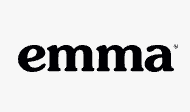Mailchimp vs HubSpot Marketing
Hyperise integrates with 100's of sales and marketing tools, many of which are in the Email Marketing category. With so many to choose from it's sometimes hard to know which is best, but don't worry, we've got your covered.
In this comparison guide we're going to look at the Highlights, Pros, Cons and Pricing of Mailchimp and HubSpot Marketing. We'll also delve into the details of which offers the best personalization options within Email Marketing, with there respective Hyperise integrations
Mailchimp
Pricing: MailChimp offers three pricing plans based on the size of a business’s contact list. Their Forever Free plan allows for up to 2,000 contacts and 10,000 emails/month, their Growing Business plan starts at $9.99/month for up to 500 contacts and 50,000 emails/month and their Pro Marketer plan starts at $199/month for up to 500 contacts and 500,000 emails/month. Any contact list larger than 500 requires a custom plan.Vs

HubSpot Marketing
Pricing: HubSpot pricing varies depending on the product package selected. There are four tiers of HubSpot products: HubSpot Marketing Hub (starts at $50/month), HubSpot Sales Hub (starts at $50/month), HubSpot Service Hub (starts at $50/month) and HubSpot CRM (free).
Mailchimp vs HubSpot Marketing Highlights
The main difference between MailChimp and HubSpot is the scope of the services they offer. MailChimp is primarily a basic email marketing platform, offering fundamental features such as list segmentation, automation, and email creation tools, while HubSpot provides an entire suite of inbound marketing capabilities, from email marketing and marketing automation to content management and lead generation. MailChimp is suitable for businesses that need only a basic email marketing solution, while HubSpot is the optimal choice for organizations that wish to do more complex campaigns with an integrated suite of products.
Mailchimp vs HubSpot Marketing Pros
Mailchimp Pros
- Affordability: MailChimp is far less expensive than HubSpot, making it suitable for small businesses with lower marketing budgets.
- Ease of use: MailChimp has an easy to use platform with step by step instructions and tutorials to get users up and running quickly.
- Analytics: MailChimp provides detailed analytics that can provide users with valuable insights into their campaigns.
- Integration: MailChimp integrates with many popular website and e-commerce platforms and apps, allowing marketers to get more out of their campaigns.
- Campaign customization: MailChimp offers a variety of templates and customization options, allowing marketers to create campaigns that suit their needs.
- List segmentation: MailChimp allows users to divide their campaigns into several lists for better targeting.
- Support: MailChimp provides 24/7 customer support and a variety of helpful resources to help users get the most out of the platform.
HubSpot Marketing Pros
- Pros for HubSpot compared to MailChimp:
- Powerful marketing automation tool that can drive conversions
- Comprehensive CRM that empowers sales, customer service, and marketing teams
- Highly effective lead scoring, nurturing, and analytics capabilities
- Effortless website, blog, and CTA creation tools
- Ability to personalize emails with dynamic content
- Robust integration with third party platforms
- Comprehensive analytics and reporting capabilities
- Ability to customize email contact segments and message templates
- Easy to use drag and drop editor to create stunning emails quickly
Mailchimp vs HubSpot Marketing Cons
Mailchimp Cons
- Higher learning curve: MailChimp has a higher learning curve compared to HubSpot and is more difficult to use
- Less automation: MailChimp does not offer as much automation as HubSpot does, making it more time consuming for marketers to create campaigns and automate processes
- Limited customer experience features: MailChimp doesnt have a lot of features to manage customer experiences like HubSpot does, including contact segmentation and tailored content
- No integrated CRM: Despite its recent update, MailChimp still doesnt have a built-in CRM system like HubSpot, making it harder to manage customer data
- No customer support: MailChimp doesnt offer a customer support service like HubSpot does to assist with customer queries or problems.
HubSpot Marketing Cons
- HubSpot is more expensive than MailChimp
- HubSpot's interface can be intimidating for the non-tech savvy
- MailChimp has more features than HubSpot such as automated emails when someone unsubscribes
- HubSpot lacks support for RSS-driven campaigns
- MailChimp has better integration options for popular platforms such as WordPress and Shopify
- MailChimp offers more comprehensive analytics and reporting to help track success
Mailchimp & HubSpot Marketing Hyperise Integrations
Mailchimp uses the HTML code embed method to integrate with Hyperise, giving a simple way to add personalized images to your messages.
Mailchimp makes the following data points available to Hyperise, to enable personalization in images used in outreach and linked out to your personalized website landing pages.
- Using business Email passed from Mailchimp, Hyperise is able to enrich business logo and website screenshots. In some cases, with a business Email we're also able to enrich profile images, subject to the business email having a publicly available profile.
Mailchimp Integration Guide
HubSpot Marketing uses the HTML code embed method to integrate with Hyperise, giving a simple way to add personalized images to your messages.
HubSpot Marketing makes the following data points available to Hyperise, to enable personalization in images used in outreach and linked out to your personalized website landing pages.
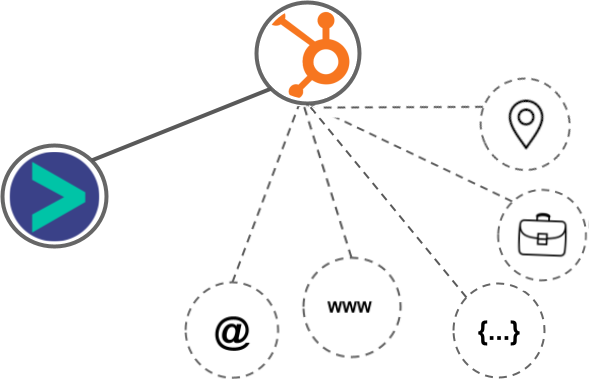
- Using business Email passed from HubSpot Marketing, Hyperise is able to enrich business logo and website screenshots. In some cases, with a business Email we're also able to enrich profile images, subject to the business email having a publicly available profile.
- Using business Website passed from HubSpot Marketing, Hyperise is able to enrich business logo and website screenshots.
- Business name
- Job title
- City
- Country
HubSpot Marketing Integration Guide



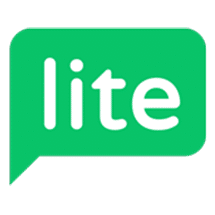

 vs
vs 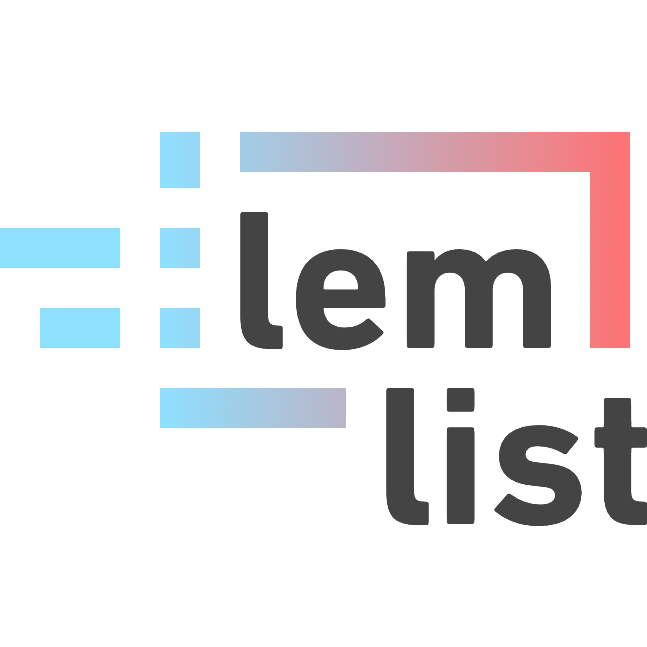 vs
vs  vs
vs  vs
vs  vs
vs  vs
vs  vs
vs  vs
vs  vs
vs  vs
vs  vs
vs  vs
vs  vs
vs 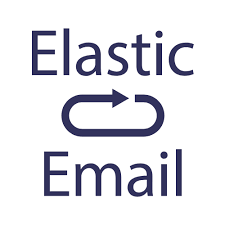 vs
vs 
 vs
vs  vs
vs  vs
vs  vs
vs  vs
vs  vs
vs  vs
vs  vs
vs  vs
vs  vs
vs 

 vs
vs 



 vs
vs  vs
vs 
